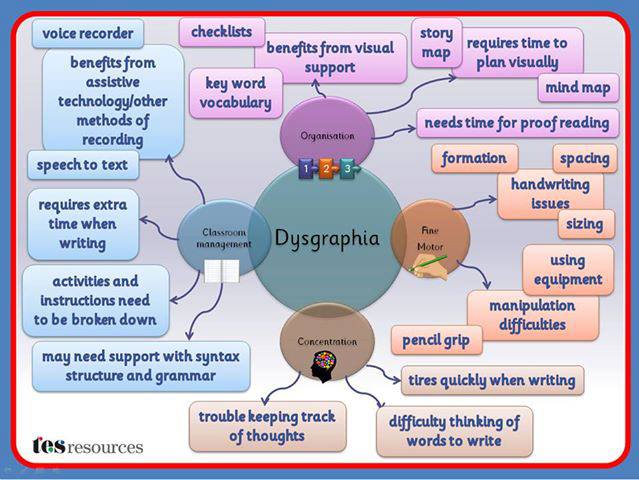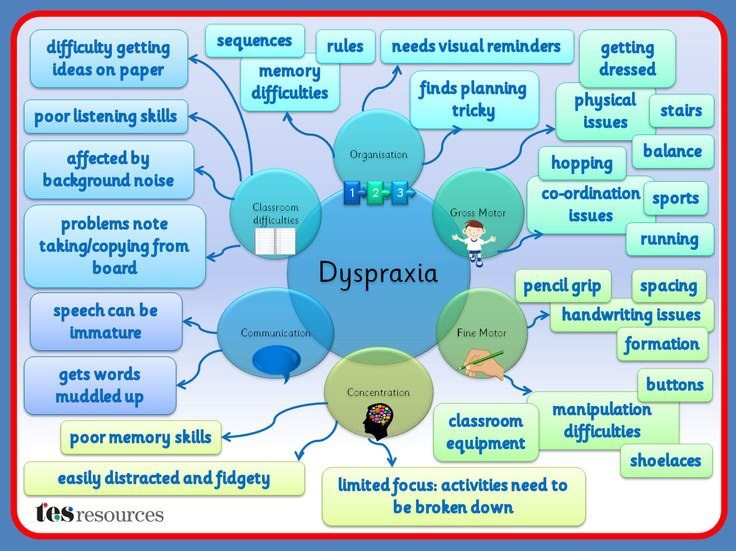From ‘the parent connection’ Feb. 2013 workshop with Sarah Ward.
Top Ten Takeaways
1. Executive Functioning (EF) refers to the way the brain manages plans, organizes, and sets goals to execute and complete tasks in a timely fashion. Executive Functions are controlled by the prefrontal cortex of the brain. This area matures over time and is not fully developed until early adulthood.
2. Children with Executive Functioning challenges have trouble with “situational intelligence” or reading the physical components of a situation. Use the pneumonic STOP (Space, Time, Objects, People) to encourage children to read the room: for cues to gain the situational intelligence they need. To use STOP, have kids ask themselves:
Space – Where am I? Time – What is happening now? Later? Objects – How is the room organized? People – What are the facial expressions / body language of the people? 3. Often times children with EF difficulties are labeled as defiant or uncooperative. This is because these children have not developed the ability to visualize the future. Use ‘future glasses’: literally with younger students (have fun sunglasses or interesting frames) and metaphorically for older students (asking them to envision or predict the future). Have the student put on the glasses and picture what the finished assignment will “look like.” This skill will help the student plan and organize materials and time to complete the task. 4. Designate areas by color to reinforce the three steps necessary to complete tasks or school assignments. Encourage your child to physically move the items in progress from one stage to the next. a) “Get Ready” – yellow b) “Do” – green c) “Done” – red 5. Begin by asking your child to imagine the work “DONE” rather than starting with the “GET READY” phase. Prompt your child by asking “what would a finished math sheet, finished poster, or completed research project look like?” Visualizing the completed task or assignment will empower your child to formulate ideas and gather the material to GET READY in order to DO the work and get the work DONE. 6. Visuals and photographs are much more helpful than words lists. Use them whenever possible to communicate with your kids. 7. To help with routine tasks such as getting ready for school or sports activities, take photos of kids fully dressed with all their equipment or gear. Tor school that might include fully dressed, coat shoes, backpack, lunchbox, etc. Tell kids to “Match the Picture.” For sports, take a photo of kids ready for the sport with equipment, uniform, cleats, etc. This technique works well for cleaning a room, organizing a desk or setting a table. Apps such as Doodle Buddy or Skitch for handheld devices can also be used to help match the picture. 8. Break long-term projects into steps. Sketch or outline what each finished step looks like and cut out each step. Paste each step to a calendar to map out the timeline and get a visual of the time involved for each piece. Use sticky notes so that if a step is not completed on the day scheduled it can be moved to the next day and the student can see the work piling up if too many deadlines are missed. 9. Create a special homework space. Use a tri-fold board or transform a closet into a student carrel to avoid distractions and set up a flow for the work. Sarah suggests that children pull out and open all notebooks needed for the night’s homework. Stack them up on top of one another to illustrate the mound of work. As each assignment is complete, all materials get placed right back into the backpack, ready to go to school for the next day. 10. Be aware of “time blindness.” Students with EF issue are not tuned into the passage of time or pace of work. To help children develop a sense of time increments, invest in an analog clock and ask children to predict how long a particular task or assignment might take. Use time markers such as magnets or sketch pies of time on the clock (a glass face works best with a dry erase markers) to visually show the passage of time. It is also helpful to mark a halfway point to check that the task is being attended to. Help identify “time robbers” such as being hungry, scattered papers/notebooks, and too much phone/screen time.






